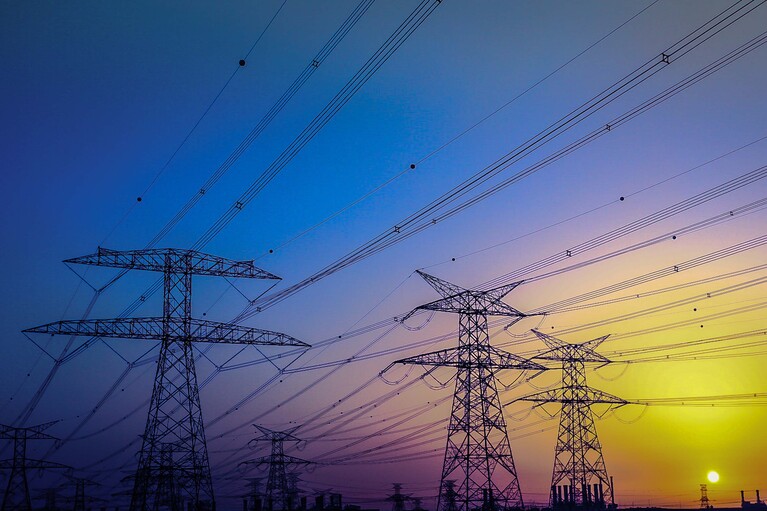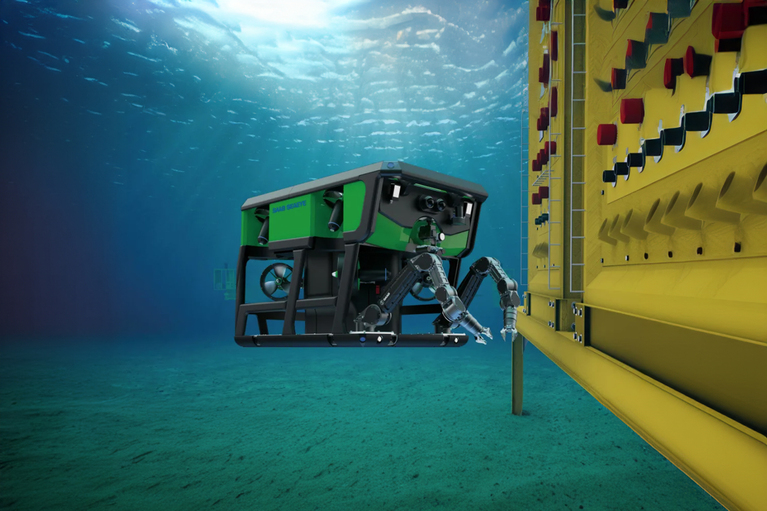
Microgate and Vicor partner to unlock deep space secrets
Learn how high density power modules help colossal Earth-based telescopes enhance deep space images
What is Digital Electricity? And what should engineers know about it?
East Greenwich, R.I. based manufacturer of power distribution products VoltServer has developed a novel method of distributing high power using patented digital technology efficiently over long distances using standard data cables. Called Digital Electricity™, VoltServer™ platform can send power over a distance of up to 2,000 meters (1.242 miles) using off-the-shelf structured copper communications cable and Class 2, low-voltage wiring methods. Like power-over-Ethernet (PoE), Digital Electricity technology enables VoltServer to transport both digital data and power in a single hybrid cabling infrastructure, making it much easier and more economical to install than conventional 110/220VAC electrical systems, claims the developer.
According to the maker, Digital Electricity safely transmits up to 2kW of power across long distances (up to 2km) using low-cost, off-the-shelf data cables. It is designed to meet the needs of an increasingly digital world. To date, VoltServer said that its technology has been deployed in hundreds of marquee venues including stadiums, airports, convention centers, office towers, hotels, condominiums, hospitals and indoor gardens, powering 4G, 5G and Wi-Fi wireless communications, LED lighting and IoT applications.
Besides allowing architects, designers and facility managers to quickly and easily configure and reconfigure wireless networks, office floorplans and agricultural grow rooms, the digital platform provides unprecedented insights into energy use with a centralized dashboard, said the maker. Consequently, it gives building operators and maintenance staff a granular view of their electric grid to better manage critical loads while eliminating the need for traditional circuit breaker panels, added VoltServer.
In reality, Digital Electricity transmitter takes conventional electricity and modulates it into small pulses, or “energy packets.” Each packet is sent to a receiver from the transmitter that contains local, embedded processing. Each energy packet is analyzed using a digital signal processing engine to determine that power is being precisely and safely distributed from transmitter to receiver. If a fault is detected, the next energy packet is not sent. Each packet contains only a very small amount of energy, so individually they are not harmful to people, animals, systems or buildings. The receiver converts energy packets back into analog ac or dc to power local loads (Figure 1). VoltServer stated that its products are listed and certified to safety and EMC standards by a nationally recognized test laboratory.

Figure 1: Digital Electricity sends power over a distance of up to 2km (1.242 miles) using off-the-shelf structured copper communications cable and Class 2, low-voltage wiring methods. Source: VoltServer.
In a statement, VoltServer™ co-founder and CEO, Stephen Eaves, explained “Imagine a powerful stream of water sent through your plumbing. If a pipe were to burst, the high pressure could injure someone. Instead, break the stream down into millions of droplets.” “The droplets can be put back together to get the amount of water needed, but each droplet of water is safe. Digital Electricity is similar by only putting a small amount of energy in packets. Each packet becomes safe, but the total power needs can still be met.”
To allow Digital Electricity™ receiver to operate more efficiently with smaller heat sinks and footprint, VoltServer has deployed Vicor Corp.’s high efficiency dc-dc fixed ratio bus converters with 97% efficiency. Thus, allowing reliable cooling without a fan within a smaller enclosure. “With the Vicor converter, we have 43% less heat loss than a normal converter, and the heat sink size decreases proportionately,” said Dan Lowe, VoltServer co-founder and chief business officer. “Our customers include the top three mobile network operators in the U.S., so the requirements for reliability are extremely demanding. That’s where Vicor comes in really, really neatly.” Per Vicor’s explanation, its bus converter modules use a proprietary, low-noise, high-efficiency Sine Amplitude Converter topology that requires little electromagnetic filtration, which further shrinks the power system footprint and simplifies the design while meeting EMI standards.
This article was originally published by IEEE Power Elecronics.
Microgate and Vicor partner to unlock deep space secrets
Learn how high density power modules help colossal Earth-based telescopes enhance deep space images
Power modules enable world's most advanced all-electric work-class ROV (eWROV)
Saab UK introduces versatile, environmentally-friendly eWROV that achieves world class performance using compact, thermally-adept power modules
Powering Innovation eBook: Volume 1 – Saving the environment
Technological breakthroughs to protect and preserve the environment
Powering Innovation eBook: Volume 2 – Protecting and saving lives
Innovative solutions that protect and deliver lifesaving materials and services



